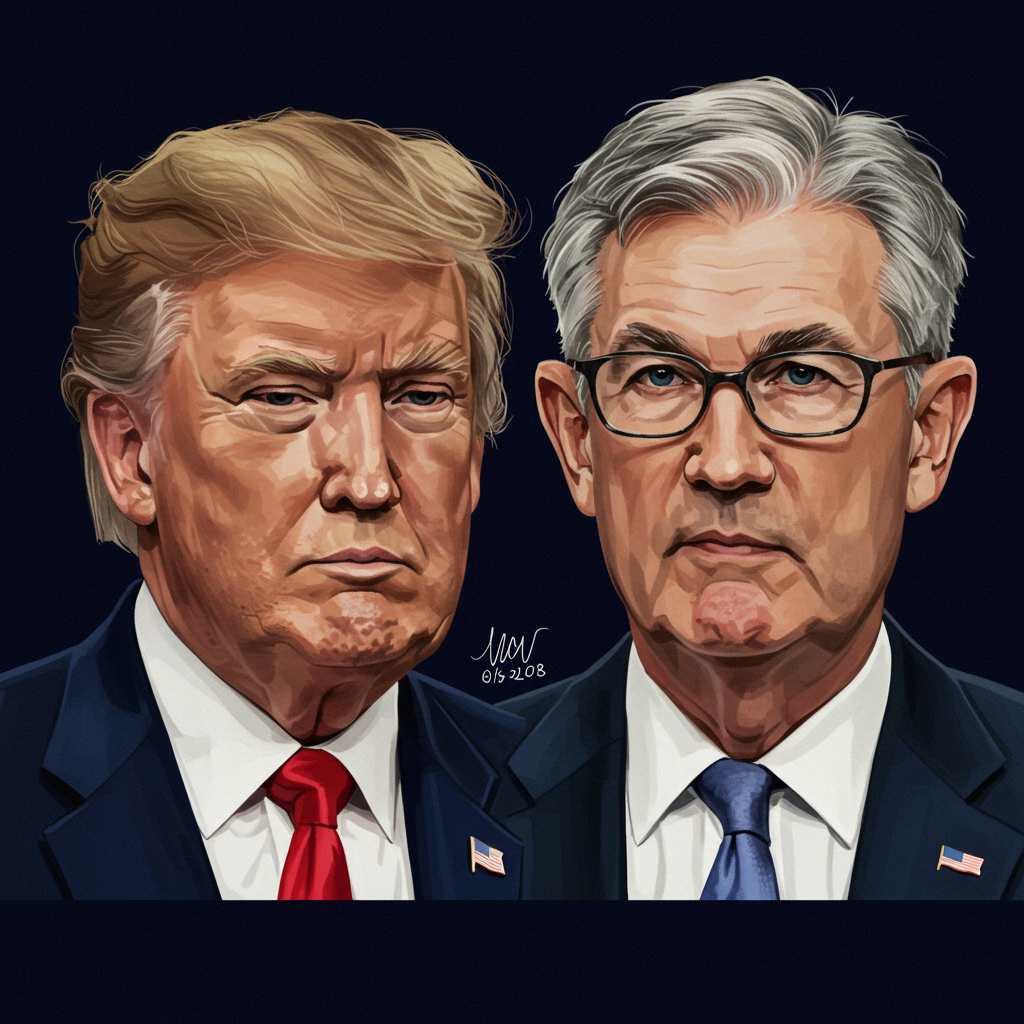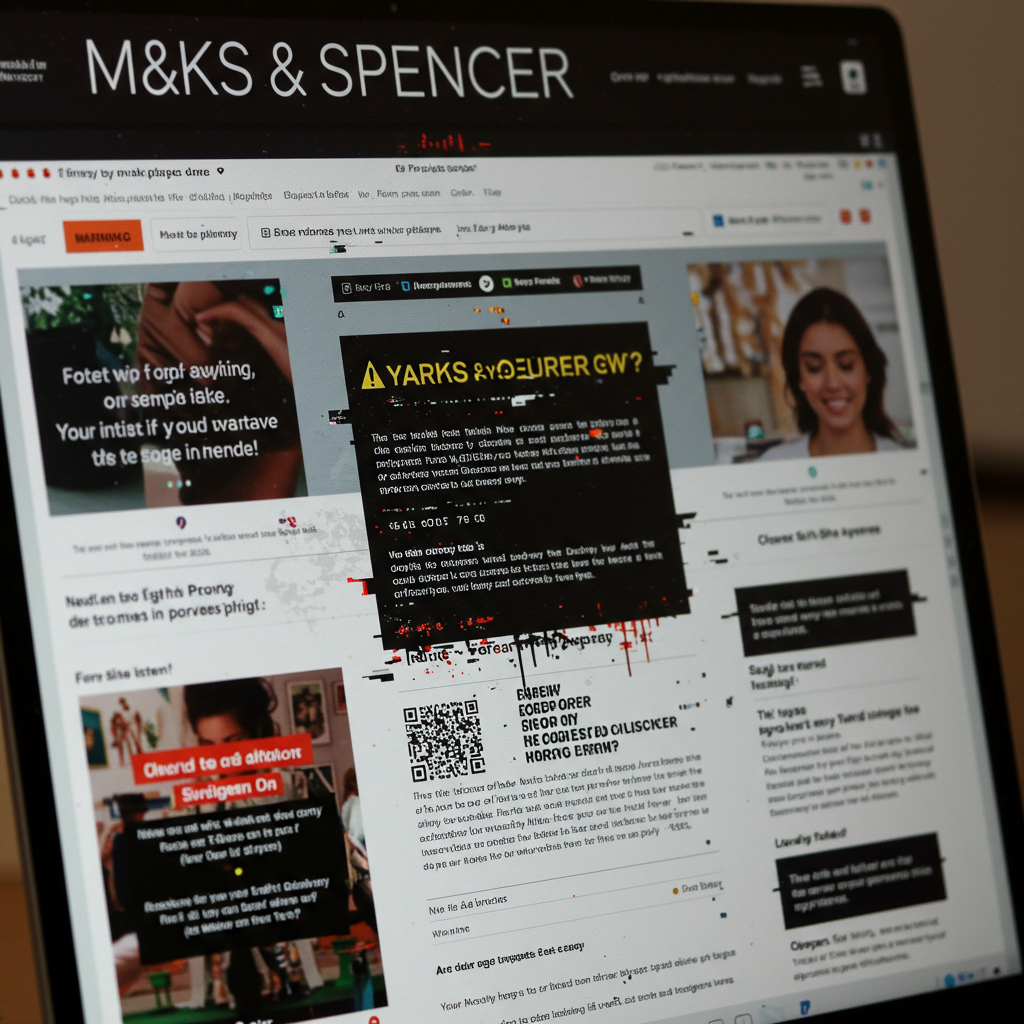Federal Reserve Stands Ground Against Presidential Pressure
The Federal Reserve has signaled little urgency to lower interest rates, maintaining its benchmark rate in a range of 4.25 percent to 4.5 percent for the fourth consecutive meeting. This decision comes despite relentless demands from President Trump for significantly lower borrowing costs, setting the stage for an ongoing clash between the White House and the central bank.
Trump’s Renewed Barrage Against Powell
Just hours before the Fed’s latest rate announcement, President Trump unleashed a fresh wave of criticism against Fed Chair Jerome H. Powell. Speaking at a White House event, Trump openly admitted his aggressive tactics to influence the Fed Chair.
“I call him every name in the book trying to get him to do something,” Mr. Trump stated, lamenting that neither being “nasty” nor “nice” seemed to work. He labeled Powell a “real dummy,” “stupid,” “Mr. Too Late,” and “one of the dumbest, and most destructive, people in Government” in public remarks and social media posts following the decision.
The President’s frustration stems from his belief that high interest rates are costing the U.S. economy and the government “hundreds of billions, it’s even trillions of dollars” in debt servicing costs. He has frequently pointed to rate cuts by other global central banks, like the Swiss National Bank’s move to zero, as justification for the Fed to follow suit.
The Fed’s “Wait and See” Approach
Despite the intense political pressure, Chair Powell and the Fed policymakers remained resolute. Powell emphasized the central bank’s ability to be patient and stick to a data-dependent “wait and see” approach. This stance is driven by the need for clearer economic signals, particularly regarding the impact of President Trump’s economic policies, including his global trade war involving tariffs.
This cautious posture isn’t new. As far back as March, the Fed held rates steady, but revised its economic projections, anticipating slower growth (forecasting 1.7% for 2025 down from 2.8% in 2024), slightly higher inflation (2.7% by late 2025, above the 2% target), and a modest rise in unemployment (to 4.4% from 4.1%). Even then, Chair Powell explicitly linked the Trump administration’s tariffs to contributing to inflation and potentially impeding progress towards price stability.
The June decision reaffirms this concern. The Fed’s official projections released alongside the rate decision showed nearly half of policymakers anticipated fewer rate cuts this year than previously expected. Seven officials foresaw no more cuts in 2025, and only two projected just one quarter-point reduction. Crucially, not a single policymaker projected rate cuts anywhere near the magnitude demanded by President Trump. Powell himself acknowledged the “unusually elevated” uncertainty surrounding the economic outlook, admitting that “no one holds these rate paths with a lot of conviction.”
Tariffs: The Economic Wildcard
Economists widely agree that the Fed’s current dilemma is heavily influenced by the potential effects of the administration’s policies, particularly tariffs. Tariffs act as a supply shock, a complex economic force that can simultaneously increase inflation by raising import costs while potentially slowing growth and raising unemployment.
“They want to wait at this point because they’re caught between a rock and a hard place with tariffs,” explained Jay Bryson, chief economist at Wells Fargo, describing the risk of a “stagflationary shock” where inflation rises even as the economy weakens.
This potential conflict between the Fed’s dual mandate goals – achieving 2% inflation and maximum employment – presents a significant challenge. Typically, rising inflation calls for higher rates, while weakening employment calls for lower rates. The tariff-induced risk of both occurring together complicates the picture.
Adding to the complexity, the anticipated stagflation hasn’t fully materialized yet. Price pressures have remained surprisingly contained, and the labor market, while showing some signs of cooling, remains relatively strong. The Fed is holding its ground based on the expectation of future shifts influenced by these policies.
Beyond Debt Servicing: Fiscal vs. Monetary Policy
While President Trump frames lower rates as crucial for reducing the cost of servicing the national debt, many economists argue this misrepresents the underlying issue. Rising interest payments on the debt are indeed a growing concern, but they are primarily a result of fiscal policy decisions, namely government spending and taxation.
Nonpartisan analysts have noted that recent tax cut proposals could add trillions to the debt over the next decade, pushing the debt-to-GDP ratio to levels many economists find unsustainable.
“You pile this much more debt onto the books, and the consequence of that is going to be forcing higher interest rates,” stated Brett Loper of the Peter G. Peterson Foundation, a group advocating for deficit reduction. He contends that the situation requires a “fiscal policy solution,” not a change in monetary policy from the independent Fed, which would not address the fundamental budget imbalance.
The Path Forward
The Federal Reserve operates independently of the White House, basing its interest rate decisions solely on economic data to pursue its goals of price stability and maximum employment. However, the economic agenda pursued by the president – including trade, tax, and immigration policies – directly influences the data the Fed analyzes, thereby shaping the timing and magnitude of potential future rate cuts.
Many economists had hoped for rate cuts earlier in the year, following previous reductions in 2024. However, the evolving economic outlook, influenced significantly by the perceived stagflationary risks from tariffs and other policies, has made that outcome appear increasingly distant.
So, what would prompt the Fed to finally cut rates? The most likely trigger would be a significant weakening of the labor market, perhaps seen in substantially lower job growth, rising layoffs, or a spike in the unemployment rate.
Until such a “forcing issue” emerges, economists widely expect the Fed’s patient, data-dependent “wait and see” approach to endure, keeping the central bank on its collision course with the President’s demands.



